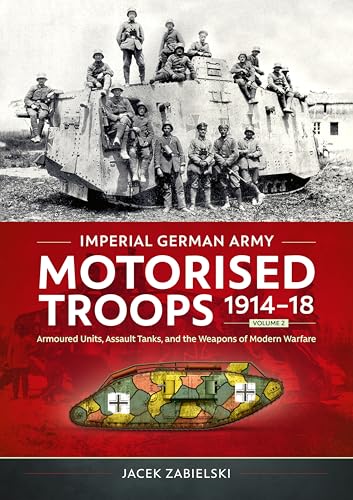
What Kept The Tank From Being The Decisive Weapon Of World War One?
by Major Brian A. Pedersen
Popularity
3.76 / 5
* A book's popularity is determined by how it compares to all other books on this website.
Where to buy?
Buy from Amazon* If you buy this book through the link above, we may receive a small commission at no extra cost to you.
What Kept The Tank From Being The Decisive Weapon Of World War One? by Major Brian A. Pedersen
Details
War:
World War I
Perspective:
Tanks
True Story:
Yes
Biography:
No
Region:
Europe
Page Count:
127
Published Date:
2014
ISBN13:
9781782896968
Description
Brief Summary
Major Brian A. Pedersen's book, What Kept The Tank From Being The Decisive Weapon Of World War One?, delves into the historical and strategic aspects of tank warfare during World War I. The book explores the mixed responses the tank received from British military leaders and the reasons why it ultimately did not serve as a definitive weapon in securing victory. Through a detailed examination of logistics, maintenance, training, and production infrastructure, Pedersen paints a comprehensive picture of the challenges surrounding the ascent of the tank within the context of early 20th-century warfare.
Main Themes and Topics
The central theme of Pedersen's book is the exploration of why the tank, despite its revolutionary potential, did not fulfill its promise as a decisive weapon during World War I. Key topics include the genesis and development of logistics and maintenance systems for tanks, the infrastructural challenges faced during the production and employment of tanks, and the British military's internal conflicts regarding the acceptance and deployment of tanks. Pedersen also discusses the broader implications of these historical challenges for modern armed forces upgrading combat systems in today's global strategic climate, like the Global War on Terror.
Writing Style and Tone
Pedersen writes with a scholarly tone, appropriate for a detailed and analytical study on military history. His approach is thorough and well-researched, appealing to readers with a keen interest in military tactics and the evolution of warfare technology. While the writing is heavily fact-based and methodical, Pedersen manages to maintain reader interest by thoroughly analyzing the complex interplay of technological innovation and military strategy.









